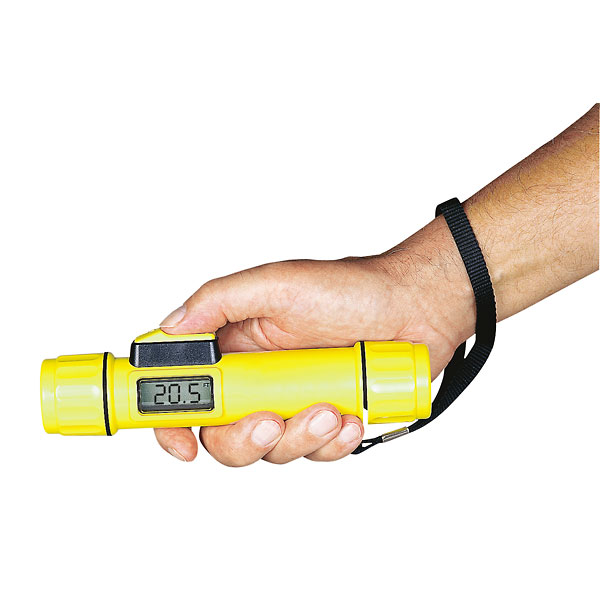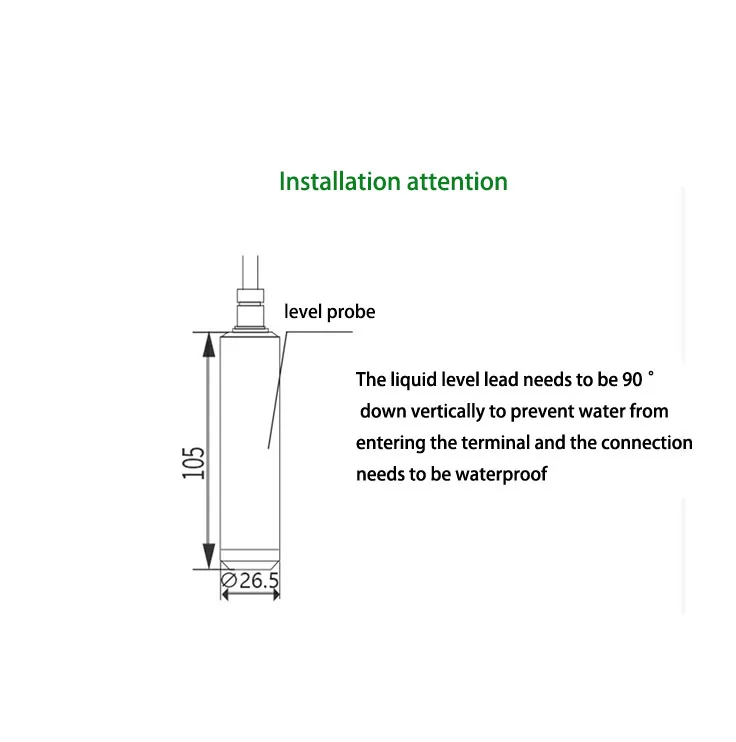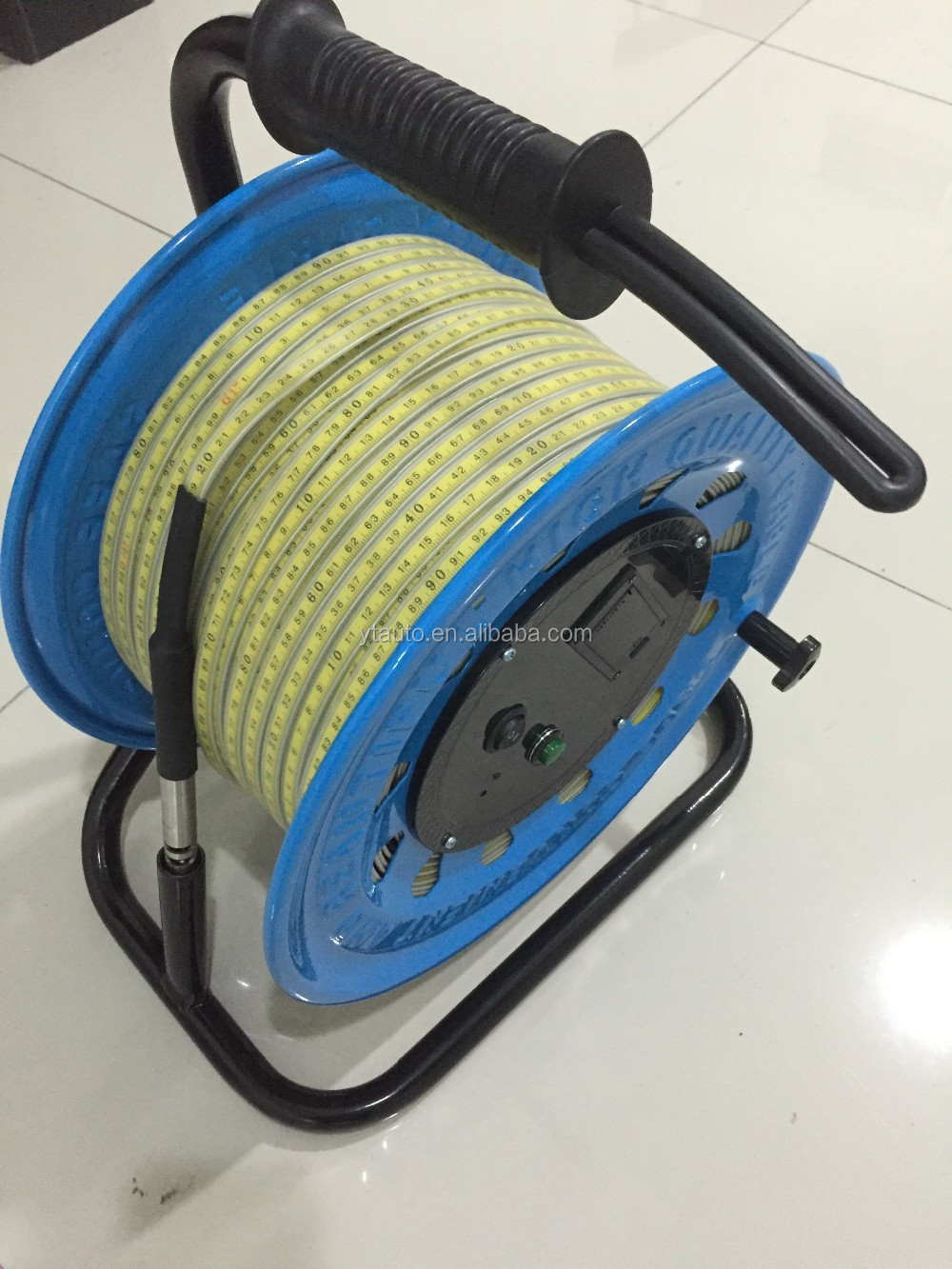

WELL DEPTH GAUGE SERIES
We offer you our best verdicts and thoughts after a series of comparisons and tests which is a good start to gather the info you need. To give you a better insight about the contour gauges of these brands, our team has personally tried and tested their products.


If the features of Saker 10” and General Tools 833 are too much for your needs, you can also rely on the contour gauges of other well-known brands like Wolfcraft and Varsk. It is among those choices that is terrific and very easy to use, though it falls short when it comes to locks. It also has the capability to double its 10-inch length, making it flexible for longer contour objects. It is a plastic contour gauge but compared to most models from other brands, it has thinner pins which somehow allow it to get better precision.

General Tools 833 is another choice to have that comes from a famous brand with a great reputation in the contour gauge industry since 1922. This model has the right balance between the qualities of a good contour gauge you should be looking for. It has just the right length for most contouring tasks, the lock mechanism, the right material, the quality, and the accuracy. One of the best contour gauges that offer the attributes above is the Saker 10”. However, if you need to secure both accuracy and wide coverage, it is better to purchase at least both types. Commonly, plastic contour gauges come in longer and bigger sizes which is why many users prefer them more. On the other hand, the working length and profile depth will determine the maximum coverage and capacity of the contour gauge. Keep in mind that as the needle gets thinner, the more accurate tracing may be achieved and that is the best strength of metal models. Nevertheless, thanks to the ability of metals to be formed thinly, metal pins will benefit you more in terms of extreme precision. Metal pins, on the other hand, are prone to dislodge out of their housing. Plastic pins are more compact and durable when it comes to handling. The Model 300 Dl has all the same features as the 300 but with the ability to Datalog information.There are contour gauges that are made of either plastic or stainless steel pins. Includes a hard plastic, foam lined case with adaptors for uncapped wells and instructions. The water temperature should be measured and the Look-Up Table used in the regions where geothermal activity or other anomalous subsurface conditions exist. Regional Map Tables are available for the entire US. This value is easily set into the meter by using the up-down toggle switch and shows continuously on the display. The Regional Map Table or the Look Up Table can help provide the appropriate temperature setting. It consists of a weight suspended on stranded insulated. The unit remembers the last setting used. An electric sounder or depth gauge is the most practical method for measuring well water levels. The Temperature setting control adjusts for the variation, which is approximately 0.1 per degree F. Using this setting reduces the possibility of false returns from the end of the casings that go into rock, from wire shields, torque arresters, and similar obstructions at the upper end of the well.įor the best accuracy, it is necessary to compensate for the variation of sound velocity with well air temperature. The Depth Switch optimizes the measuring capability for deeper wells. Multiplying by the velocity of sound and dividing by two, gives the depth-to-water in feet, or meters in the metric mode. The signal reflected from the water surface is then detected and the round-trip time measured. The sonic signal is injected from the meter duct into the well casing through a top opening in the well cap of 5/8-inches or greater in diameter. Instead of introducing foreign objects into a well, the SONIC method uses the air in the well to send an acoustic signal down to the water surface. Accuracy is to within 1/10 of 1% of the total depth of the water. The unit will measure 2” or larger wells, even capped wells that have a 5/8” or larger access hole. No probes or wires need go down-hole to get hung up or broken off.


 0 kommentar(er)
0 kommentar(er)
